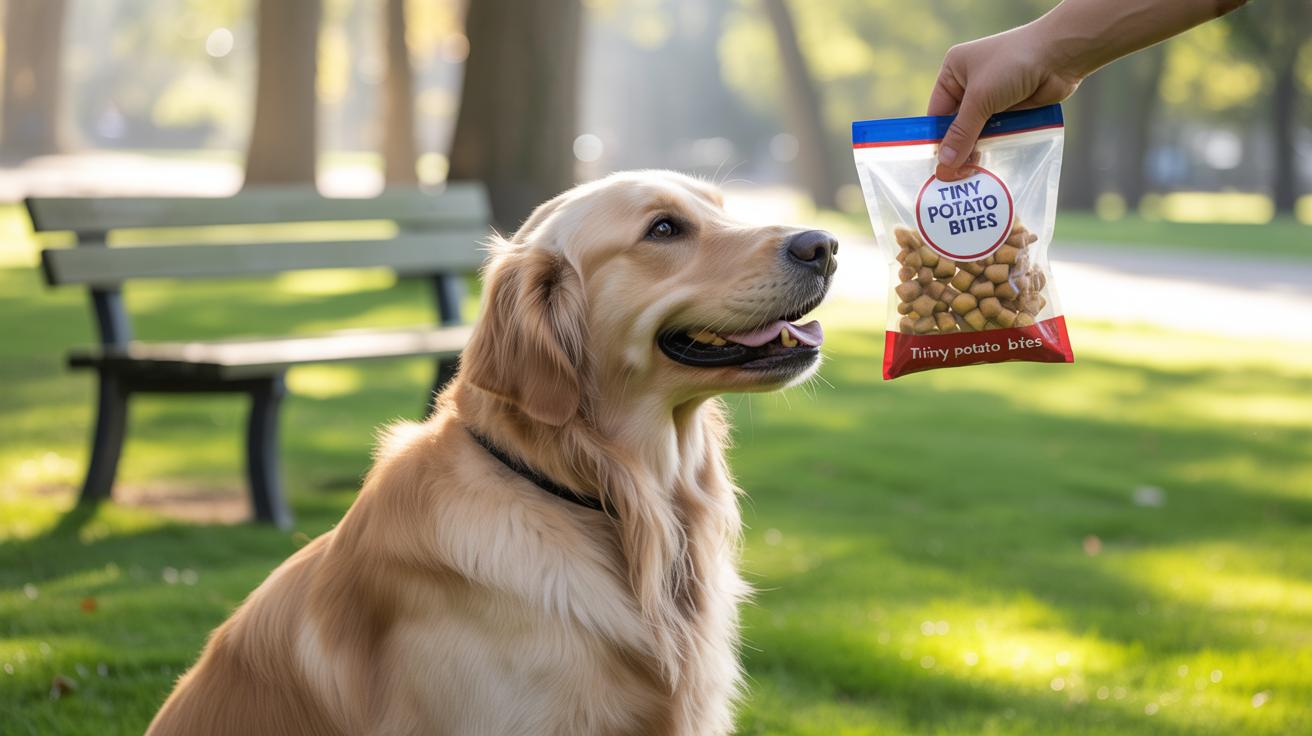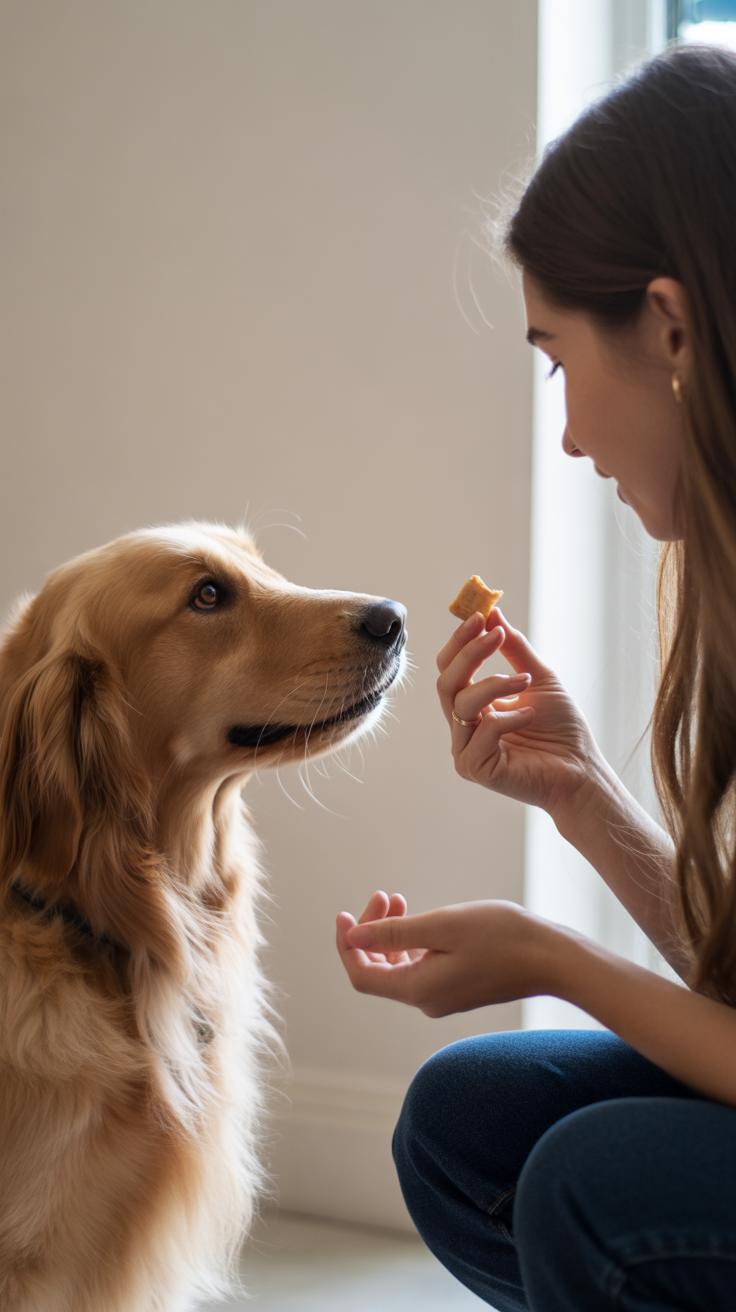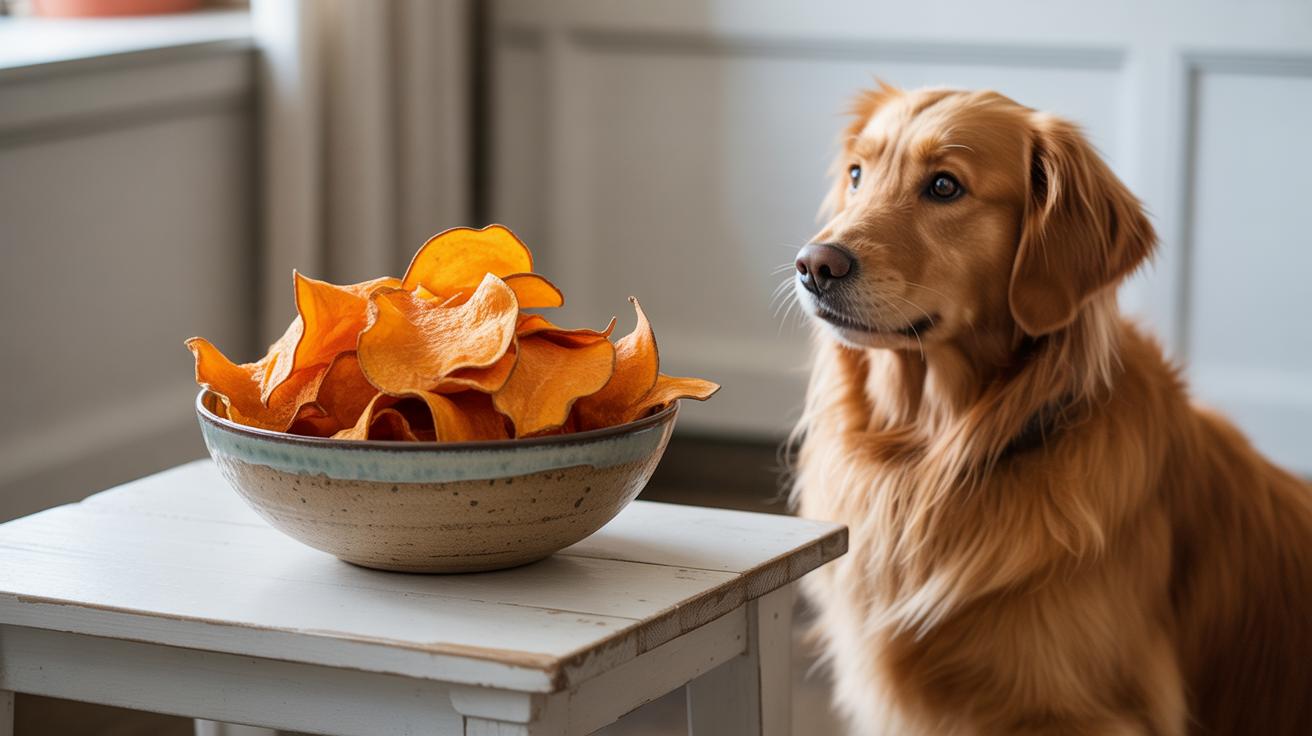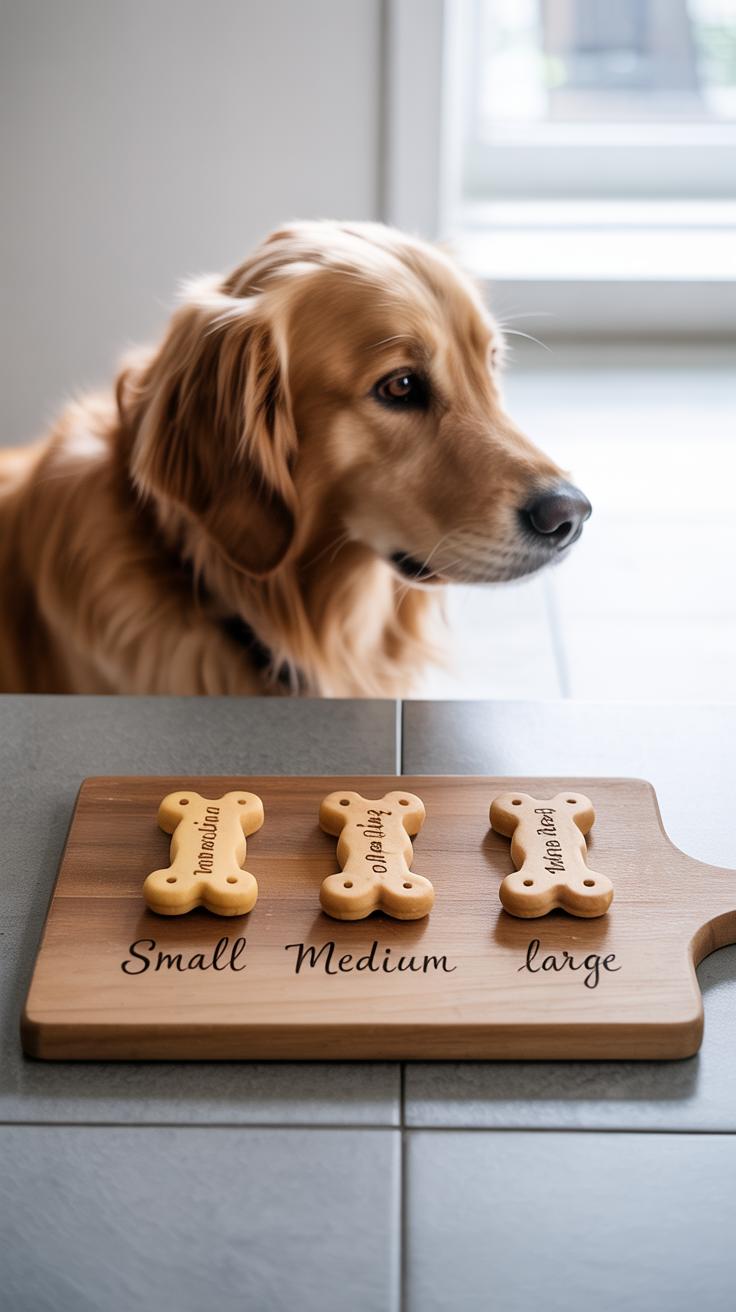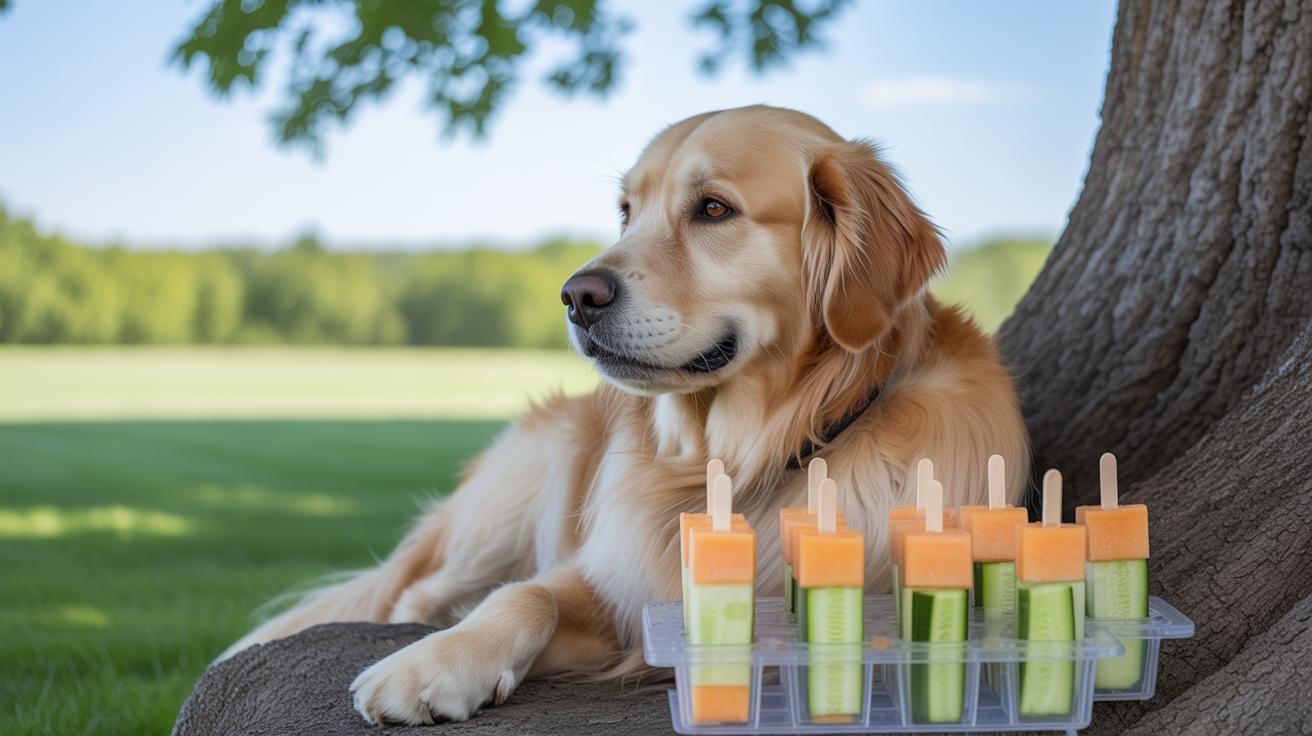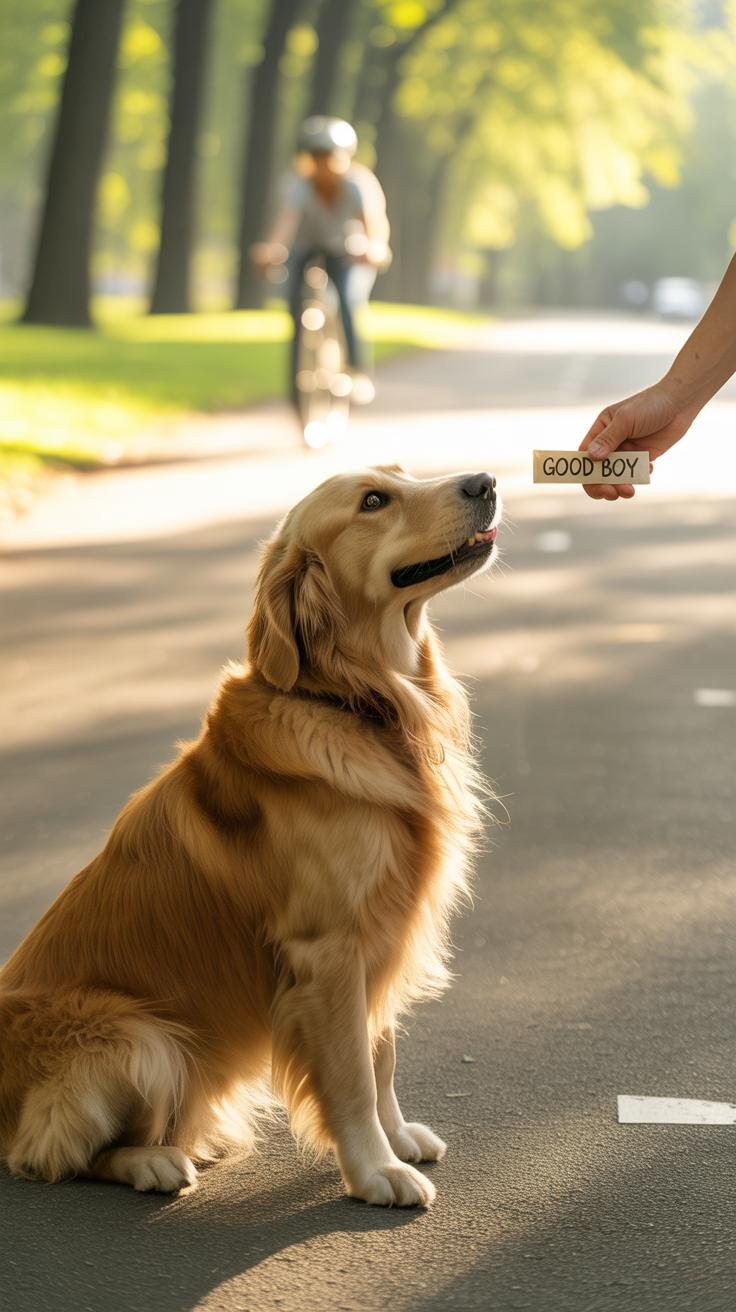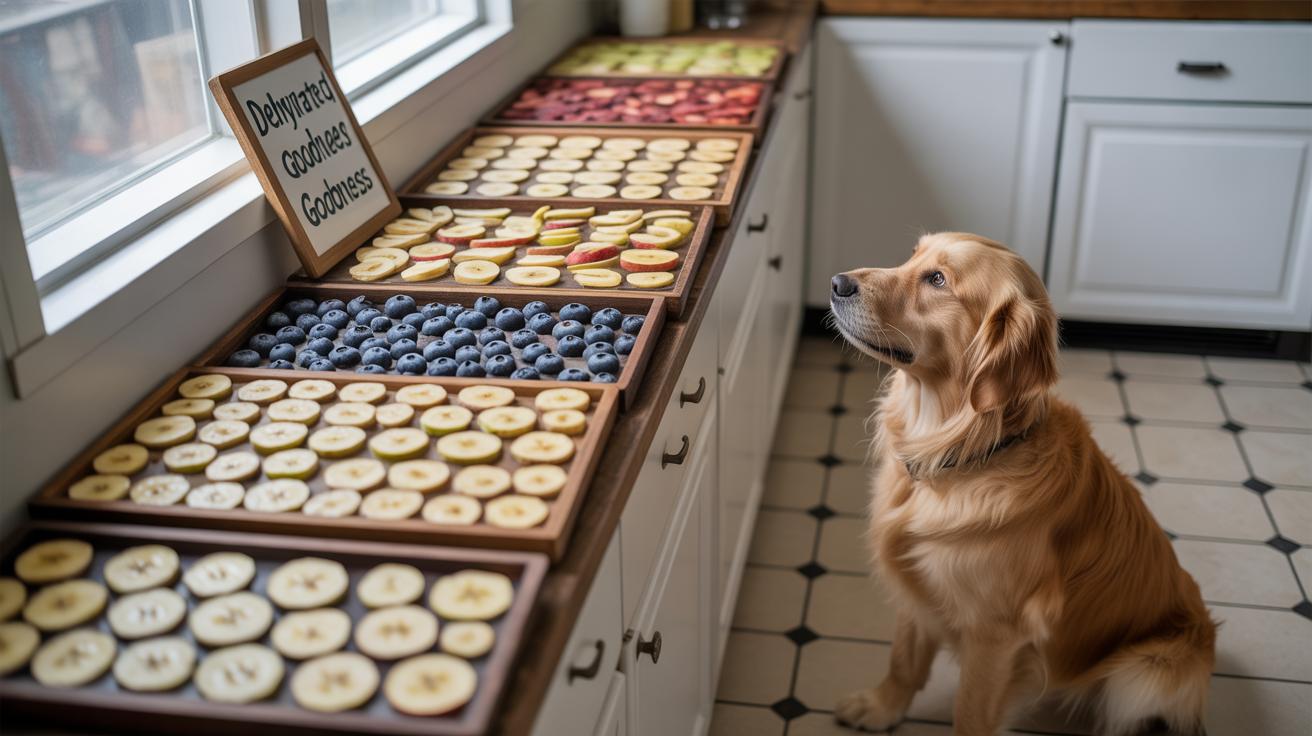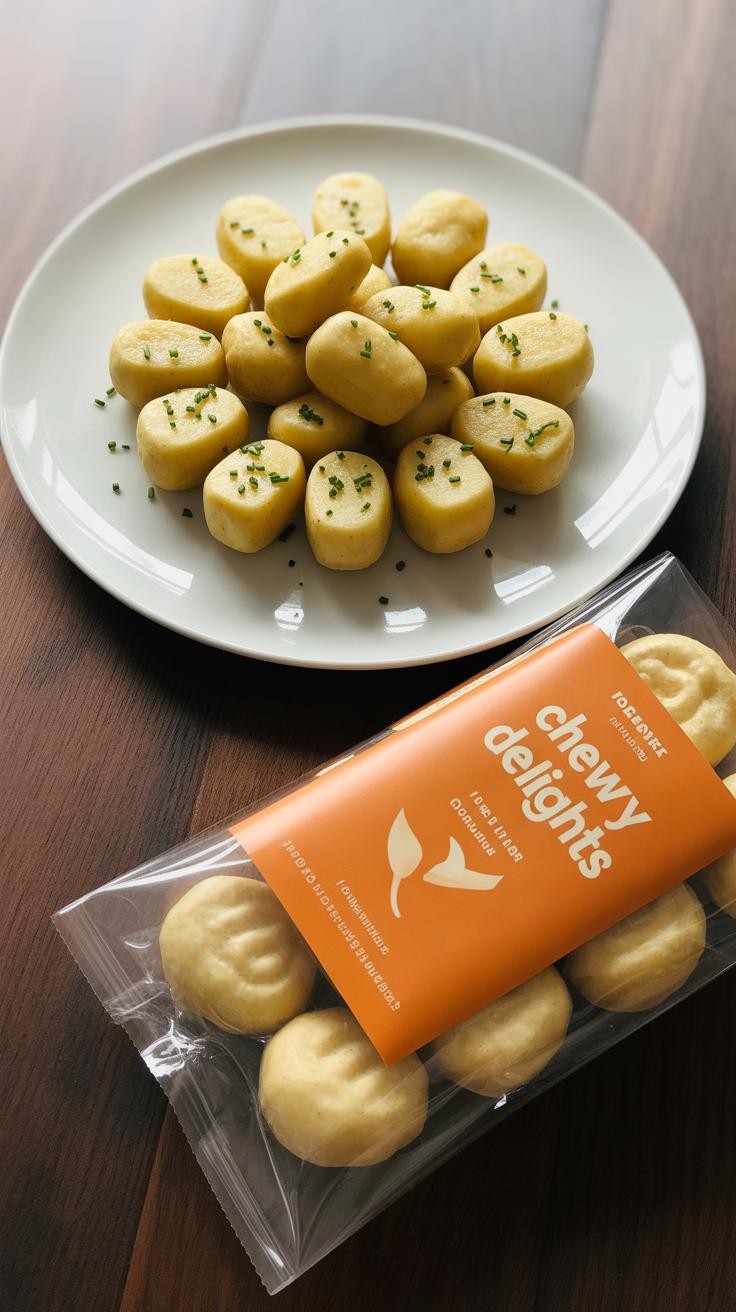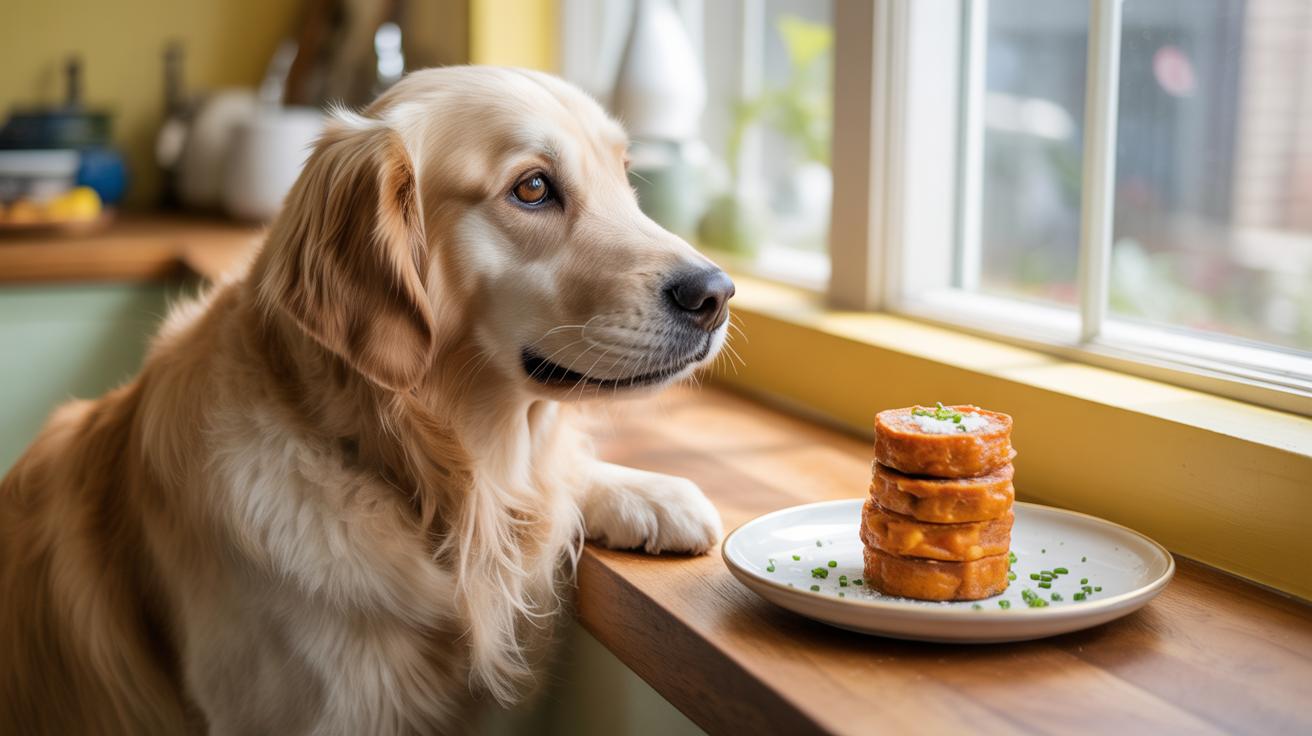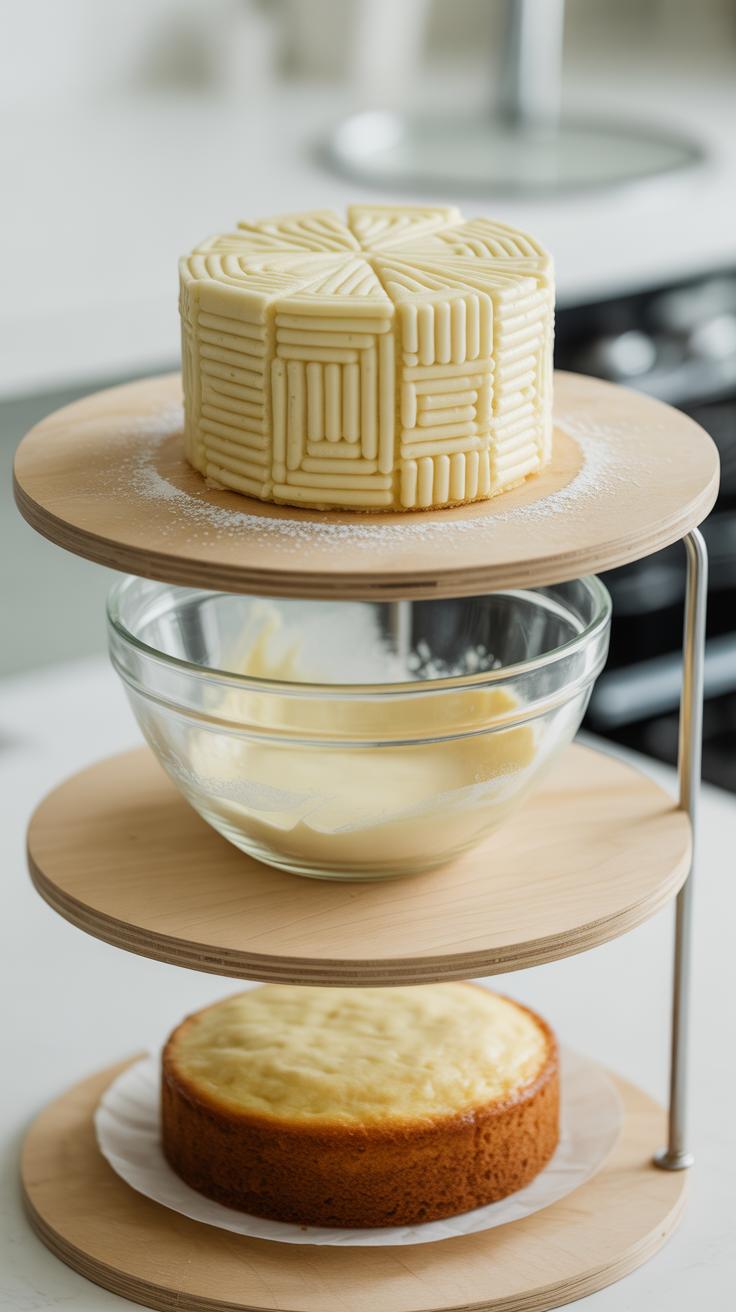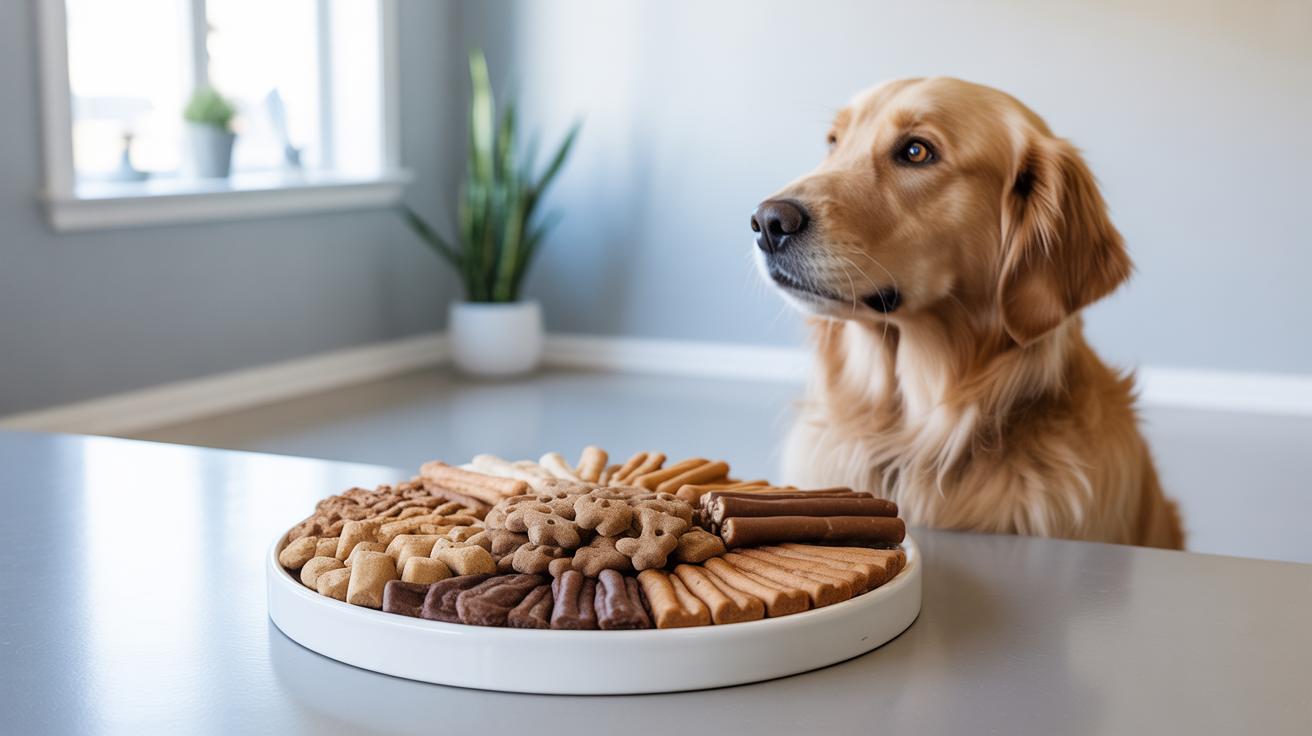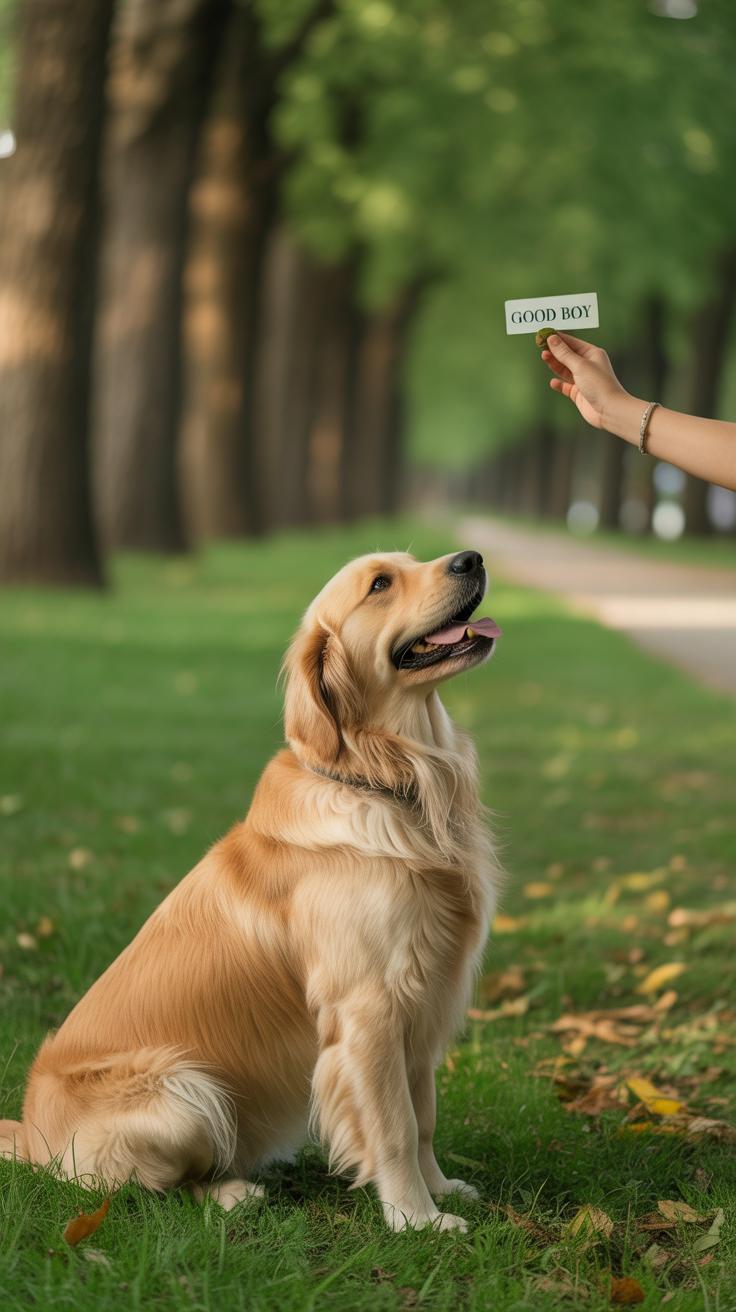Introduction
Potato bites are small, bite-sized snacks that can serve as tiny rewards when training your dog. Using small treats like potato bites helps keep your dog focused and motivated without overfeeding. These treats are especially useful because they are easy to break into smaller pieces and are generally liked by dogs.
In this article, you’ll discover why potato bites make excellent training rewards. We’ll explore how to use them effectively to enhance your dog’s learning process. Whether you want to teach basic commands or new tricks, using potato bites as tiny rewards can be a game changer in your training efforts.
Understanding Potato Bites as Training Rewards
What Are Potato Bites
Potato bites are small, crunchy treats made primarily from potatoes, often baked or lightly dehydrated to retain a firm texture. They come in tiny, bite-sized pieces—perfect for quick rewards during dog training. Their crispness appeals to dogs, who seem to enjoy the noise and feel when chewing them. This is probably why many pups perk up as soon as they hear that characteristic crunch.
These treats usually have minimal ingredients—just potatoes and sometimes a touch of oil or seasoning safe for dogs. Because they’re simple, they’re less likely to irritate sensitive stomachs or cause allergic reactions. You might notice your dog responding different to these than softer treats, especially if they like chewy snacks.
Benefits of Small Training Treats
Using small treats like potato bites during training helps keep your dog focused without risking overfeeding. Because each piece is tiny, you can reward often without adding many calories. This helps keep training sessions lengthy and interactive, which some dogs respond to better than short bursts.
Small treats also make it easier to manage pace—you can hand them out quickly and discreetly. This way, the reward stays linked closely with the action, which improves learning. On a personal note, I found that dogs don’t get overwhelmed or distracted by bigger treats, and potato bites seem to let them stay eager rather than full.
But then, is the size really why these treats work best? Or maybe it’s just that the crunchiness holds their interest? Either way, potato bites provide a handy balance of quick taste satisfaction and easy handling—qualities that suit many training styles.
Nutritional Considerations for Potato Bites
When you pick up a bag of potato bites for your dog, the first thing to check is what’s actually inside. Potato bites usually list simple ingredients like dehydrated potatoes, some kind of binding agent, and occasionally small amounts of added vitamins or minerals. But it’s the extras you have to watch out for—flavors, preservatives, or excess salt can sneak in and might not be great for your pup’s health.
Calories matter more than you might realize, especially during training when rewards pile up. A single potato bite might only be a few calories, but it adds up quickly. If you’re giving dozens per session, it can unintentionally contribute to weight gain. I once didn’t pay much attention to this, and my dog put on a noticeable bit of weight after a few weeks of intensive training with treats. That was a lesson.
Reading labels can feel overwhelming, but some key things to look for include:
- Simple ingredients — the fewer, the better.
- No artificial preservatives or colorings.
- Low salt content.
- Made specifically for dogs, not just human snacks repurposed.
Portion control is tricky but important. You might wonder if a tiny bite really makes a difference, but it does. Training treats shouldn’t disrupt your dog’s balanced diet. If you’re unsure how many treats are okay in a day, ask your vet or try to adjust their regular meals slightly to compensate. That way, potato bites remain fun rewards, not extra calories you forgot about.
Choosing the Right Potato Bites for Your Dog
Picking the best potato bites for your dog isn’t always straightforward. Size really matters here. If you have a small dog, tiny bites that they can eat quickly work better for training—you don’t want to wait ages while they chew. Bigger dogs might handle larger pieces, but even then, something bite-sized keeps the session moving.
Now, potato bites come in several varieties. Some are crunchy, others soft or even dehydrated slices. Crunchier treats give a satisfying texture but might be tough on sensitive teeth. Softer ones can be easier for older dogs or pups, though they sometimes leave a mess on your fingers. I remember once using a soft variety; my dog loved them, but they crumbled too easily during training.
When it comes to dietary needs, you’ll want to check ingredients closely. Potato can be fine for many dogs, but if yours shows signs of allergies—itchy skin, upset stomach—it’s better to avoid potato bites with added fillers or artificial flavors. Some treats include other components like peas or grains, which may not suit all dogs. Also, gluten-free options exist for those sensitive pups. You might have to try a couple of types before finding one that fits just right.
Ultimately, choosing potato bites is a bit of trial and error, mixed with knowing your dog’s preferences and health. Maybe you lean toward crunchy for the satisfaction it gives your dog, or soft because training sessions go faster. Either way, keep an eye on how they react and adjust as you go.
How to Use Potato Bites During Dog Training
When you bring potato bites into your training routine, timing is key. Giving your dog a treat right after they perform the desired action helps them connect the behavior with the reward—no waiting, no hesitation. If you delay, even just a few seconds, your dog might not make the link, which can slow progress.
Try breaking your training sessions into short bursts, maybe five to ten minutes, and keep a small stash of potato bites ready. This way, you can quickly reward good behavior multiple times without overwhelming your dog or the session.
For example, when teaching “sit,” offer a potato bite immediately as your dog’s rear touches the floor. Or with “stay,” start with short holds, rewarding your dog with a potato bite once they hold the position. You might find that the crisp texture keeps their attention better than softer treats.
Potato bites work well for both basic commands and more complex tricks. Want to teach “roll over?” Use tiny bites to reward each step—from laying down to turning over. The small size helps prevent overfeeding, especially during longer training sessions. It’s about finding a rhythm that suits your dog, keeping them motivated but not distracted.
Have you noticed how some dogs respond differently to various treat textures? That’s where potato bites might just surprise you, offering a mix of flavor and crunch that adds an extra spark to training.
Training Success Stories with Potato Bites
Several dog owners have shared how potato bites became their go-to reward during training, sometimes quite unexpectedly. Take Emma, for example. Her Labrador was a bit stubborn when it came to recall commands. She started offering tiny potato bites instead of his usual treats, and within a week, he seemed more eager to listen. It wasn’t an overnight miracle, but those little rewards made a noticeable difference in his focus.
Then there’s Jake, who trained his shy rescue dog to get comfortable around new people. The small, mild flavor of potato bites was less distracting than stronger-scented treats. Jake noticed his dog was less overwhelmed and more willing to engage, making gradual progress easier. That subtle shift—maybe the smaller size or simpler taste—helped steady the dog’s nerves during sessions.
What can you take away from stories like these? For one, sometimes the simplest rewards can have the biggest impact. Potato bites encourage short, frequent training moments without overwhelming your dog. Also, try experimenting with treat size and flavor to match your dog’s personality and motivation. And finally, patience truly matters; progress often unfolds gradually, so the right treat can help keep you both moving forward.
Comparing Potato Bites with Other Treats
Advantages Over Commercial Treats
Potato bites stand out when you think about training treats, especially for those who want something simple and less processed. Many commercial treats come packed with filler ingredients, preservatives, or additives you might prefer to avoid. Potato bites, by contrast, are often just baked or dehydrated potatoes, making them easier on your dog’s digestion.
They’re quite small, too, which works well during training because you can give lots of rewards without overwhelming your dog’s daily calorie intake. Plus, you can carry a handful of potato bites easily in your pocket. No crumbly mess or greasy residue to worry about. I know some dog owners who appreciate that convenience when training on-the-go.
Health-wise, potato bites have a simple ingredient list, which helps if your dog has food sensitivities or allergies. They’re free from artificial flavors and colors, which is something many pet parents look for. Of course, I’d say they aren’t a perfect fit for every dog, but they do offer a cleaner option.
When Other Treats Might Be Better
Still, there are times when other treats could work better. For example, some dogs respond more strongly to meaty or highly aromatic rewards. Beef or liver treats might motivate a stubborn dog more than a potato bite. During very intense or long sessions, protein-rich treats might keep your pup’s interest higher.
Also, if you need a treat that provides more nutritional value—like essential amino acids or fat—potato bites may fall short. A balance might be the answer here: using potato bites for routine reminders and saving richer treats for big breakthroughs.
It’s a bit of a personal discovery, really. You might want to try different treats to see which your dog prefers and which fit your training style best.
Preparing Homemade Potato Bites
Simple Recipes
Making potato bites at home isn’t complicated, though there are a few things to keep in mind. You’ll want to start with plain potatoes—no spices, salt, or oil. These extras might seem harmless to us, but dogs can react poorly to many seasonings.
A basic recipe? Peel and dice a potato into small, bite-sized cubes. Boil them until they’re soft but not mushy. Let them cool, and you’ve got a fresh, simple reward your dog can actually enjoy. Some owners try baking thin slices at low heat—around 250°F—for an hour or so until crisp. This method makes for a longer-lasting treat that’s easy to handle during training sessions.
Sometimes I wonder if boiling makes the treat too bland, but since the goal is a small, safe reward, simple really is better here. Mixing in sweet potatoes instead of regular potatoes can add a mild sweetness dogs tend to like, without risking anything harmful.
Storage and Serving Tips
Once you’ve made a batch, storing them right matters. If you’re going to use the treats over a few days, keep them in an airtight container in the fridge. They last about 3 to 5 days this way. For longer storage, you can freeze smaller portions in a resealable bag. Pull out a few bites when training, and thaw quickly at room temperature or with a brief zap in the microwave.
When serving, break the bite-sized cubes into smaller bits if needed. Dogs train best with tiny rewards—big treats might distract or overwhelm them. Offering one or two at a time keeps their focus sharp and helps maintain motivation throughout the session.
Occasionally, I find my dog prefers a slightly firmer treat, so experimenting with baking versus boiling could be worth trying for your pup. At the end of the day, the goal is finding what works best in real-time training without fuss, mess, or guessing about ingredients.
Avoiding Common Mistakes with Training Treats
Overfeeding Treats
Giving your dog potato bites as training rewards is great, but there’s a risk in handing out too many. You might think treats equal motivation, but overdoing it can lead to unwanted weight gain and digestive upset. Dogs have smaller stomachs, so filling them with treats leaves less room for balanced meals. That could slow progress because an overweight or uncomfortable dog won’t be as eager to learn.
Try keeping the bites really tiny—just a nibble. Save treats for clear successes rather than every little step. It’s easy to lose track when training stretches over days. I remember once I went overboard and had to backtrack simply because my dog seemed less interested after a few sessions. Checking your dog’s overall food intake helps too, so treats don’t become hidden calories piling up.
Inconsistent Rewarding
Rewards need to be consistent, or your dog might get mixed signals. If you sometimes give potato bites and other times nothing, how would you feel? That uncertainty can confuse your dog, slowing down learning. Treats function as a clear “yes, good job” signal. Without that, dogs may hesitate or guess what you want. It’s not about flooding the training with treats but setting a pattern they can count on.
If you’re inconsistent, even unintentionally, the dog’s motivation might dip or training sessions drag longer than necessary. One time, I felt guilty and gave a treat too late after a command. The dog ignored it, probably thinking the reward wasn’t linked properly. Sticking to prompt and steady treats—say, a bite right after a correct behavior—guards against those setbacks. Do you find that your dog responds more sharply when the treat timing is perfect? It makes a difference.
Making Training Fun and Rewarding With Potato Bites
Keeping your dog motivated during training can feel tricky at times, but potato bites offer a simple, tasty way to keep things light and encouraging. Their small size makes them perfect little rewards that don’t spoil your dog’s appetite but still deliver that instant “yes” moment your pup needs. I’ve noticed that when I switch to potato bites, training sessions feel a bit more playful—my dog seems more eager to earn that crunchy treat.
Try mixing up your approach to keep things interesting:
- Use potato bites as rewards for quick tasks, like sitting or making eye contact.
- Bring variety by occasionally switching where you give the treat—sometimes in your hand, sometimes tossing gently.
- Pair treats with happy praise, so your dog remembers this as a fun experience, not just about food.
Small moments of success mean a lot, too. Recognizing even tiny achievements with a potato bite—say, holding a new position for a second longer—helps your dog build confidence. Do you find your dog tuning out sometimes? Short, upbeat sessions with potato bites scattered throughout might just keep their attention sharper.
Conclusions
Potato bites offer a simple and effective way to reward your dog during training. They are small, tasty, and easy to manage. By using potato bites as tiny rewards, you can keep your dog motivated and focused on learning new skills. This approach benefits both you and your dog by making training sessions enjoyable and productive.
Remember to use potato bites consistently and appropriately during training. They provide a positive reinforcement that encourages good behavior. With patience and the right rewards, your dog can achieve training success. Potato bites are a practical tool that supports this journey effectively.

